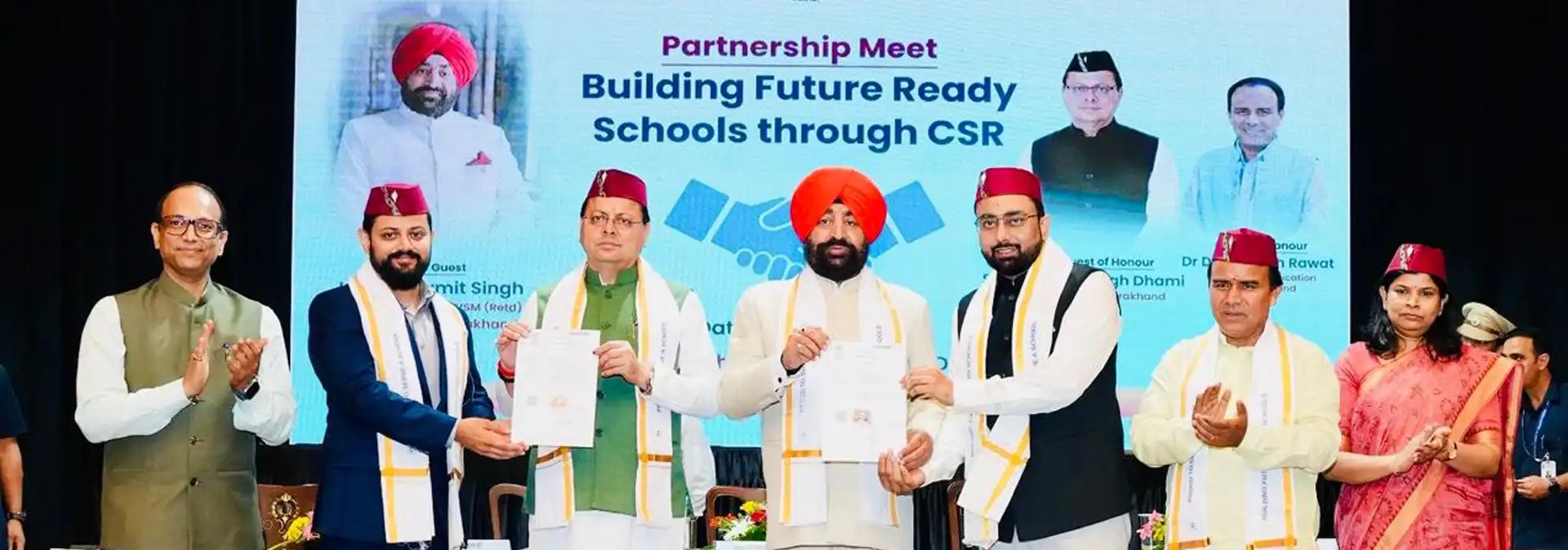In the last decade, India’s CSR investments have grown nearly four-fold, from ₹10,066 crores in 2014–15 to over ₹34,900 crores in 2023–24. Notably, school education has remained the top priority for CSR, with over ₹10,000 crores invested in 2022–23 alone.
Source: Dataful and Proteantech
Yet, learning outcomes have not always kept pace with the volume of investments. Maharashtra, despite being the state with the highest CSR spends in education, slipped in national rankings, from among the top five states in NAS 2021 to among the top eight in PARAKH Rashtriya Sarvekshan 2024, while learning outcomes declined by nearly 3% as students advanced through grades.
Source: PARAKH Rashtriya Sarveskhan 2024 and NAS 2021
This contrast highlights a gap: the challenge is not intent or investment, but alignment. CSRs bring funding and innovation; governments bring scale and real-time insights through institutions like the Vidya Samiksha Kendra (VSK), which highlight where funding and innovation are most required. Together, they can channel diverse, decentralised initiatives into systemic, incremental impact.
In Uttarakhand, the government has embraced this vision by creating Schools of Excellence. These schools are inclusive, future-ready institutions powered by data, technology, and AI, aligned with NEP 2020. Already, 679 primary schools and 559 secondary schools have been transformed into cluster model schools. The model is simple yet powerful: focus on the 20% of schools that enroll 80% of the state’s students and ensure these schools meet the highest standards of teacher-student ratios, digital infrastructure, and quality learning.
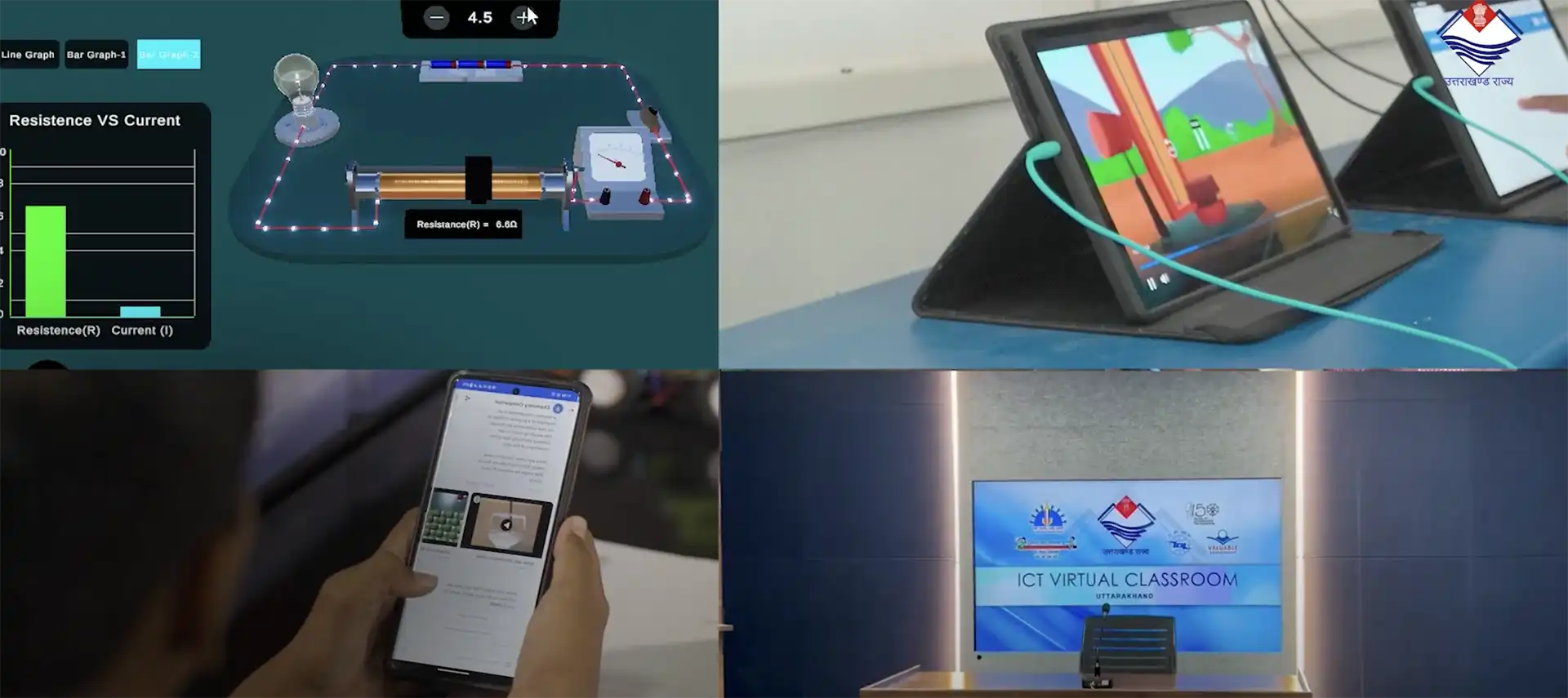
Uttarakhand is shaping the future of education with Schools of Excellence — inclusive, tech-powered, and aligned with NEP 2020.
To understand why collaboration is essential, it helps to look at how public budgets are structured. State budgets are tight: in many states, much of the public education budget (60% - 85% of annual education budget) is consumed by salaries, infrastructure maintenance, and fixed overheads, leaving limited flexibility for innovation or targeted interventions.
Source: prsindia.org
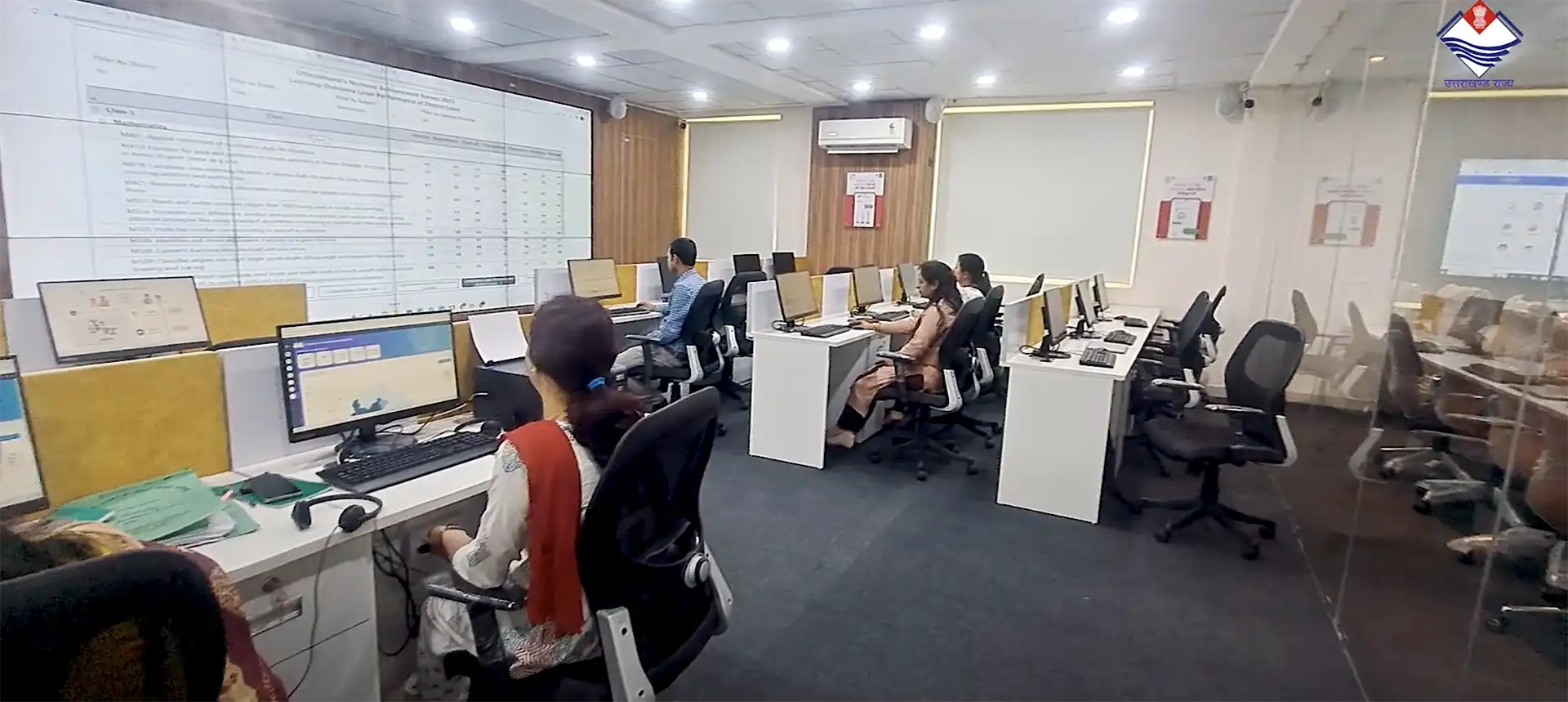
Government of Uttarakhand invites CSRs to partner in building model schools of excellence and improve the quality of learning
This is where CSR and NGOs can multiply impact. If state governments are spending ₹90,000–₹95,000 per student annually, and a CSR or NGO adds just ₹2,500 per student, these marginal investments can amplify the effectiveness of the much larger public education spend, ensuring it reaches the students who need it most. Rather than working alone, CSR funds align with government budgets to concentrate resources on focused priorities, creating higher impact. When aligned with the Attendance, Assessment, and Administration insights coming from Vidya Samiksha Kendra, CSR strategy becomes catalytic capital, converting parallel efforts into a unified, outcomes-driven program.
The Government of Uttarakhand now invites CSR and NGO partners to adopt and transform at least two schools. The partnership rests on co-investment, where catalytic CSR funds deliver stronger returns on impact by concentrating efforts on shared priorities. With the state’s VSK-powered insights guiding strategy, and partners bringing innovation and resources, this collaboration can generate outsized improvements in learning outcomes. Done right, Uttarakhand can become a model of how strategic alignment and investment redefine impact in school education.
Read More from
ConveGenius


#ShikshaKaTeeka Campaign
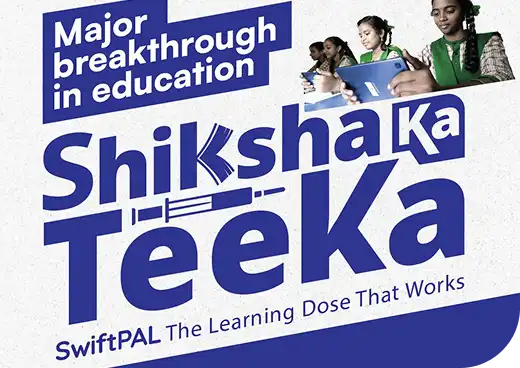
ConveGenius Launches #ShikshaKaTeeka: Personalised Adaptive Learning as India’s “Learning Vaccine”
India eliminated polio in 2014 by pairing scientific evidence with nationwide delivery. Education now faces a similar challenge: persistent learning poverty, where 10-year-olds cannot read a simple text. The #ShikshaKaTeeka campaign positions Personalised Adaptive Learning (PAL) as the ‘learning vaccine’: a proven, scalable intervention to bridge gaps and personalise learning for every child.
Learn MoreImpact
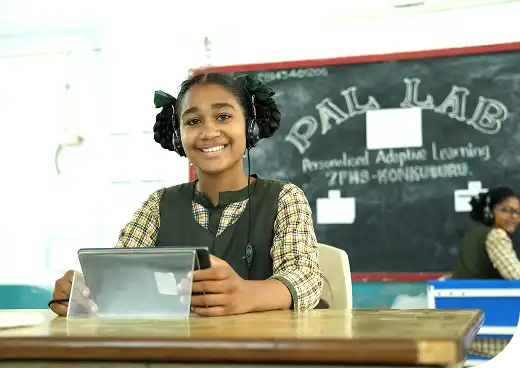
India’s Learning Vaccine: Can Personalised Adaptive Learning Bridge India’s Learning Gaps?
Despite progress in foundational learning, India continues to face widening learning gaps as students advance through grades. A landmark RCT in Andhra Pradesh by Nobel Laureate Michael Kremer shows students achieved 22 days of schooling for every hour of learning on SwiftPAL. Could this be the systemic “learning vaccine” India has been waiting for?
Learn MoreProduct Innovation
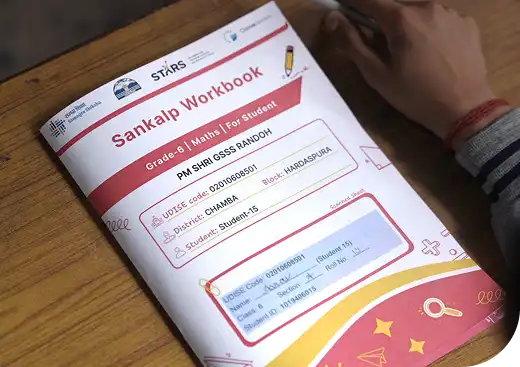
A Scalable and Budget–Friendly Model to Improve Learning Outcomes at Scale: Inside the Learning Enhancement Program 2.0 by ConveGenius.AI
The paradox of education reform: we know how to improve learning, but can’t always afford it. Himachal’s LEP 2.0 shows a breakthrough—delivering rapid diagnostics and remediation at just ₹500 per student. Could this be India’s most scalable answer to bridging learning gaps?
Learn More
